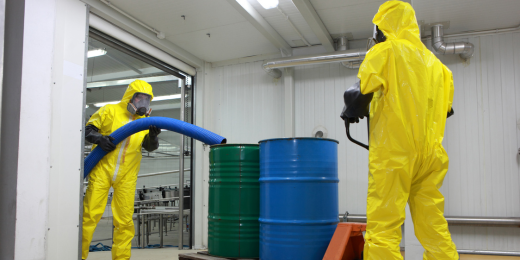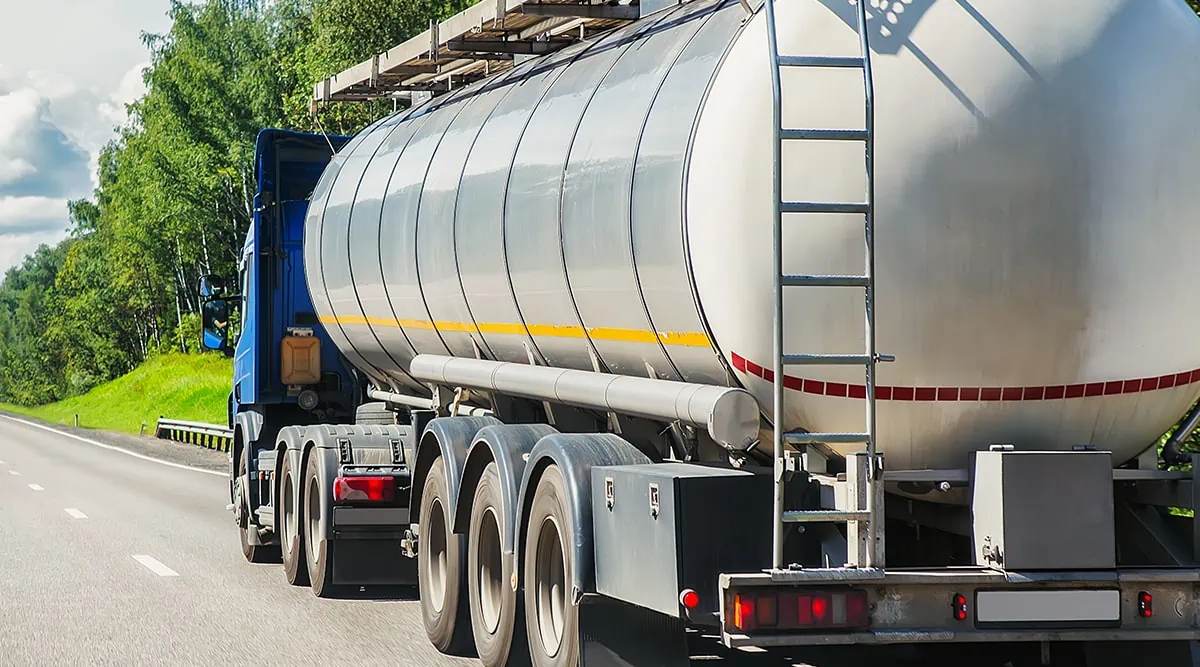See This Report about Reclaim Waste
Table of ContentsAbout Reclaim WasteReclaim Waste Can Be Fun For EveryoneGetting My Reclaim Waste To WorkThe Single Strategy To Use For Reclaim WasteThe Ultimate Guide To Reclaim Waste
Discover the types, events, and kinds of liquid waste. Residential sewage waste refers to the waste and items from a property septic storage tank. This sort of waste is created by people in residences, colleges, and various other structures. This only includes septic tanks that have a drain field. The correct administration and disposal of domestic sewage waste call for fluid waste to be moved to a sewage therapy plant where the appropriate methods and devices are put on cleanse and get rid of waste.
Commercial waste usually includes potential dangers, such as flammable materials or a blend of liquid and solid waste items, and needs a more advanced and detailed disposal procedure. The disposal of business waste commonly involves the filtration of waste before transportation to ensure risk-free and proper disposal. Industrial waste is produced from by-products and overflow of commercial procedures and production.
This sort of waste can not make use of the same sewage management transportation or procedures as septic or business fluids. The hazardous waste management procedure calls for the examination and screening of liquid waste prior to it goes through the disposal process (liquid waste disposal). Drainage waste is the fluid waste that originates from overflow and excess stormwater in highly populated locations or cities
Drainage waste can trigger contamination and flooding if not managed appropriately. Making sure correct waste administration can avoid catastrophes and lower ecological injury.
Reclaim Waste Fundamentals Explained
Call PROS Solutions today to learn more about our waste monitoring and disposal solutions and the correct ways to care for the fluid waste you create.
(https://www.metal-archives.com/users/reclaimwaste1)This so-called 'wastewater' is not just a vital source yet, after treatment, will be launched to our land, rivers or the sea. Used water from commodes, showers, bathrooms, kitchen area sinks, laundries and industrial processes is recognized as wastewater.

water used to cool equipment or tidy plant and tools). Stormwater, a type of wastewater, is drainage that moves from farming and metropolitan locations such as roof coverings, parks, gardens, roadways, paths and seamless gutters right into stormwater drains, after rain. Stormwater streams untreated straight to local creeks or rivers, eventually getting to the sea.
The Main Principles Of Reclaim Waste
In Queensland, many wastewater is dealt with at sewage treatment plants. Wastewater is transferred from residential or commercial websites via a system of sewers and pump stations, referred to as sewerage reticulation, to a sewer therapy plant. Local governments develop, maintain and run most sewage treatment plants. Operators are accredited under the Environmental Management Act 1994 to release cured wastewater at an appropriate environmental criterion right into rivers.
The Department of Natural Resources encourages city governments about managing, operating and maintaining sewage systems and treatment plants. In unsewered locations, city governments might call for homeowners to set up private or home sewer therapy systems to deal with residential wastewater from toilets, kitchens, bathrooms and washings. The Division of Natural Resources authorizes using household systems when they are confirmed to be efficient.
In some new neighborhoods, therapy of some stormwater to remove litter, sand and gravel has begun making use of gross pollutant catches. have a peek at this site Wastewater therapy takes place in 4 stages: Gets rid of solid matter.
Makes use of small living organisms understands as micro-organisms to damage down and remove staying dissolved wastes and great bits. Micro-organisms and wastes are integrated in the sludge.
The Definitive Guide to Reclaim Waste
Nutrient removal is not offered in all sewage treatment plants because it calls for expensive specialist tools. It is becoming much more common in Queensland. Clear fluid effluent produced after therapy might still consist of disease-causing micro-organisms. If this effluent is launched right into waterways such as rivers or the sea, the micro-organisms will ultimately pass away out.

This normally implies wastewater has to be dealt with or contaminants removed before it can be released to rivers. The majority of wastewater flows right into the sewerage system. Under the Act, city governments carry out approvals and licences for environmentally relevant activities (Periods) including wastewater launches that could have a local effect. The department carries out authorizations and licences to Ages involving wastewater launches that might have a local or statewide effect.
What Does Reclaim Waste Mean?
Monitoring provides accurate information regarding water quality and can confirm that permit problems are being satisfied. The info gotten through monitoring offers the basis for making water quality decisions.